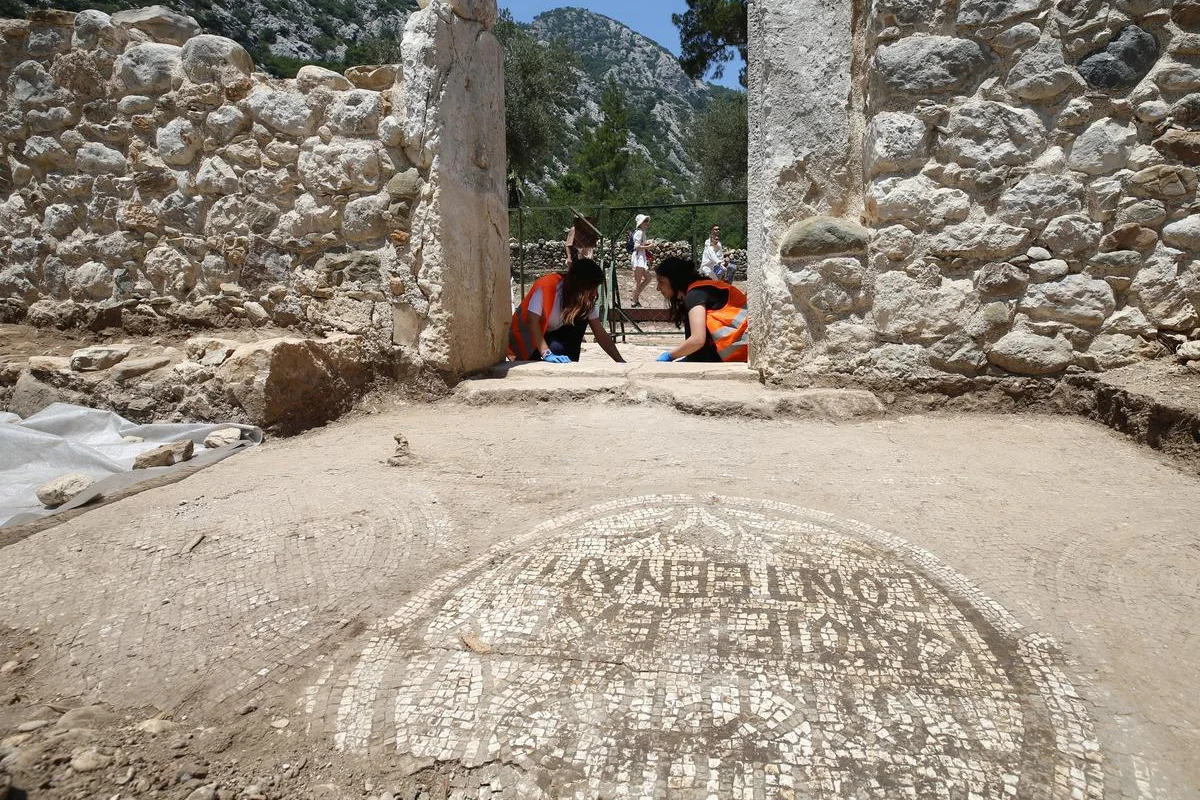In the heart of the Pacific Ocean rests a mysterious treasure shrouded in myth and legend—the ancient city of Nan Madol. Situated on the remote Pompe Island, this enigmatic city has long captivated the imagination of explorers, historians, and researchers alike. Concealed beneath dense jungle and mangroves, Nan Madol's secrets have remained elusive for centuries, instilling both awe and trepidation in those who seek to unravel their mysteries.
Spanning back 800 years, the city of Nan Madol stands as a testament to remarkable feats of engineering and spiritual significance. Visitors eager to delve into its ancient enclaves must first seek permission and partake in a unique ritual, emphasizing the city's cultural and ceremonial importance. The sheer scale and ingenuity of Nan Madol's largest structure, constructed using colossal basalt rock pillars, showcase the unparalleled architectural prowess of its builders.
Despite the allure of Nan Madol, understanding this remote Pacific civilization has posed significant challenges. The city's allure matches that of the Giza Pyramids or the monumental stone sculptures of Easter Island. Local lore attributes the city's creation to magic, yet no written historical accounts or definitive evidence corroborate this belief, shrouding Nan Madol in an air of mystique.
However, recent advancements in technology have provided groundbreaking insights into this ancient marvel. Through the use of advanced lidar scanning technology mounted on drones, researchers have managed to penetrate the thick foliage, revealing a hidden realm of 90 structures. These structures, including residential complexes and ritual sites, provide a glimpse into the daily lives and ceremonies of Nan Madol's past inhabitants.
The construction and logistics of Nan Madol pose another perplexing puzzle. The colossal basalt rock pillars, with a combined weight exceeding 700,000 tons, stand as a testament to the advanced engineering skills of the city's builders. The city's large stone seawalls, protecting it from the relentless waves, astound modern observers, while the method employed to transport the basalt rocks from an 18-kilometer quarry and the precise means of their placement leave contemporary experts pondering over the ingenious techniques employed by the civilization.
Moreover, the discovery of basalt pillars submerged at a depth of 300 feet near Nan Madol hints at the advanced seafaring capabilities of its residents. This suggests that the inhabitants were skilled navigators, possibly journeying to distant islands and leaving a legacy reflecting their command of the ocean.
Not only do Nan Madol's architectural marvels confound observers, but their cultural and artistic significance adds further layers of intrigue. The city's stone art site, adorned with carvings dating back 2,000 years and unique symbols linked to distant areas, underscores the advanced seafaring abilities and connections of its creators. Yet, despite these tantalizing clues, the eventual fate of the Nan Madol civilization remains a haunting mystery. Theories range from natural disasters to the island being engulfed by the encroaching sea, leaving its advanced society lost to time.
Nan Madol's allure lies not only in its enigmatic past but also in the tantalizing possibilities it holds for enriching our understanding of ancient civilizations and their connection to the natural world. As researchers continue to unravel the secrets of this 800-year-old city of spirits, Nan Madol stands as a testament to human ingenuity, spiritual significance, and the enduring allure of the unknown.















